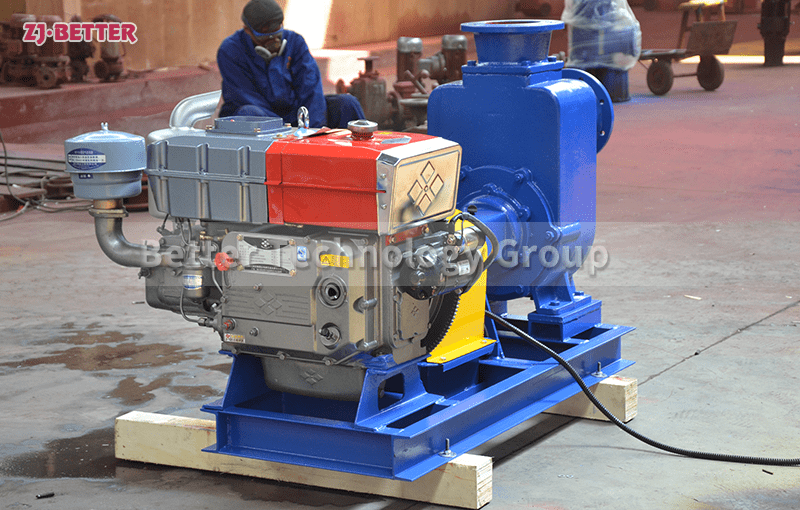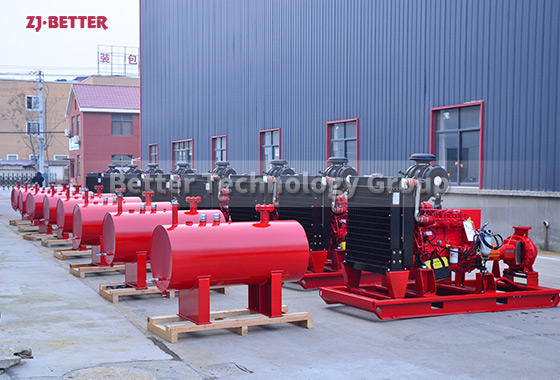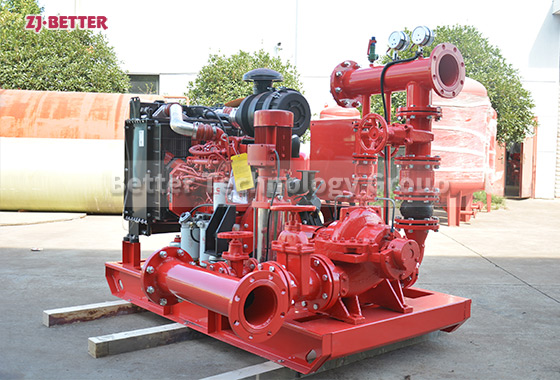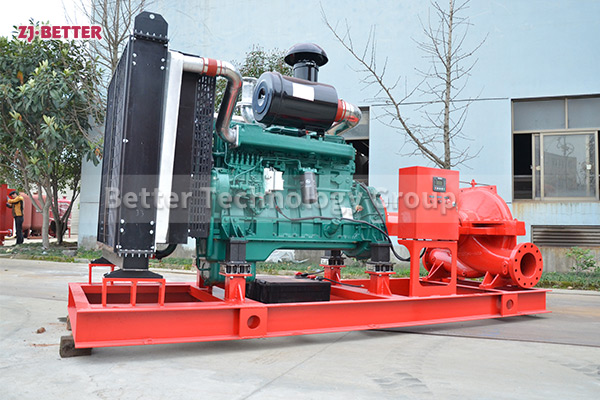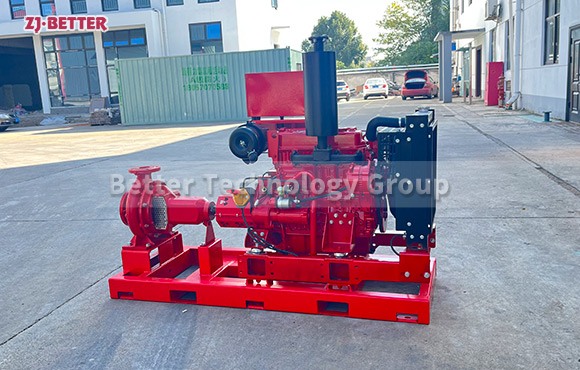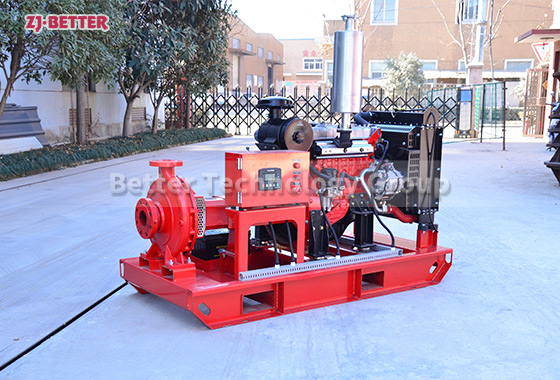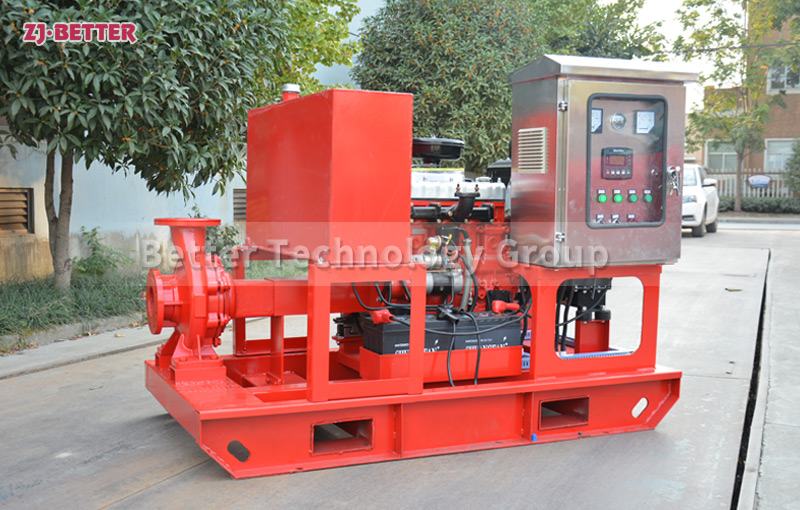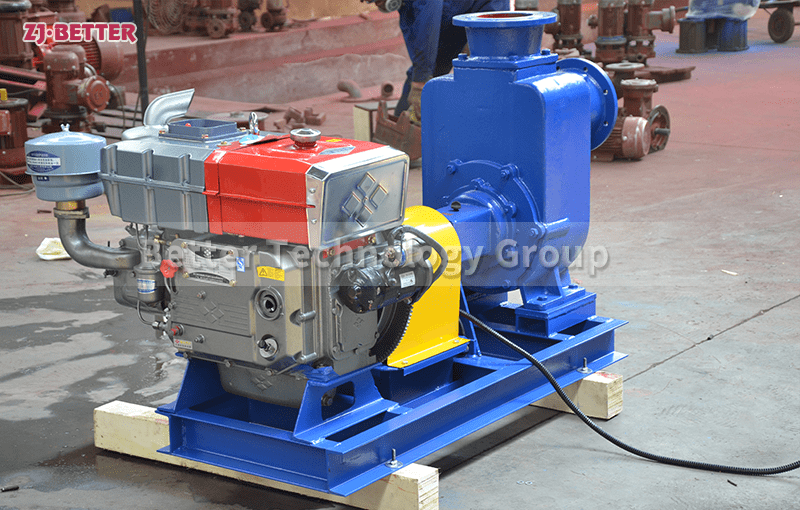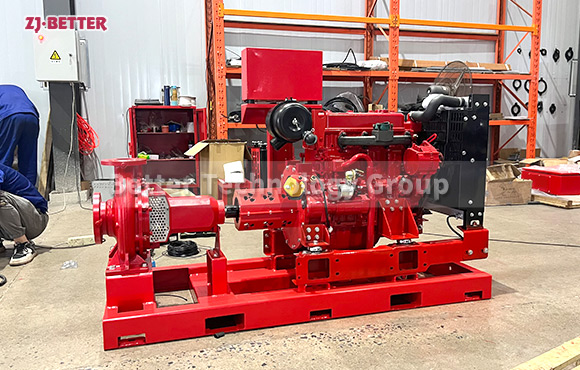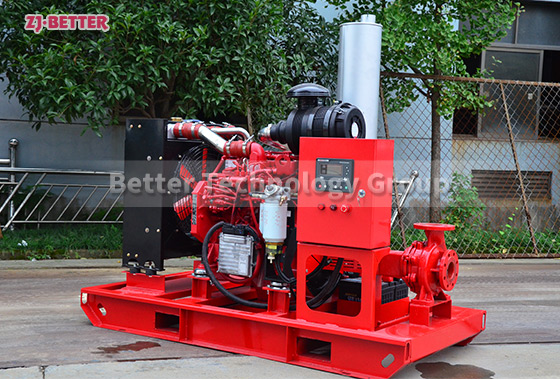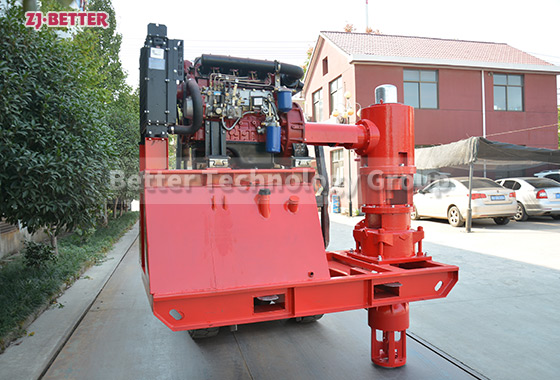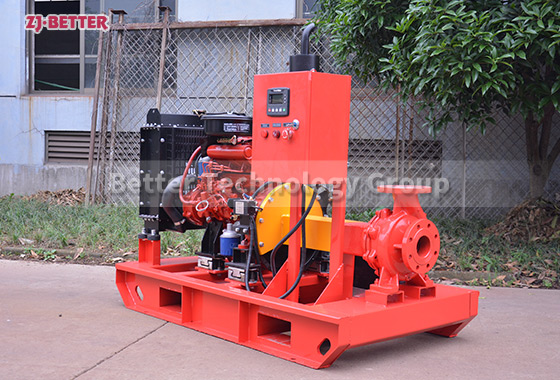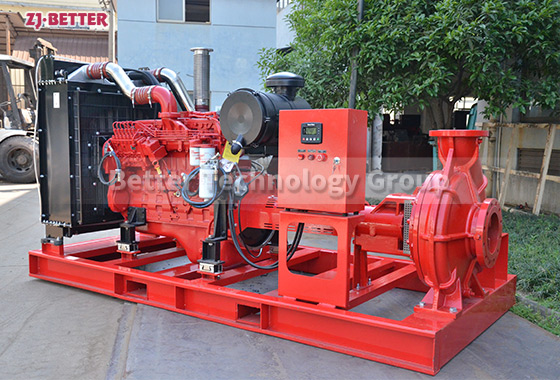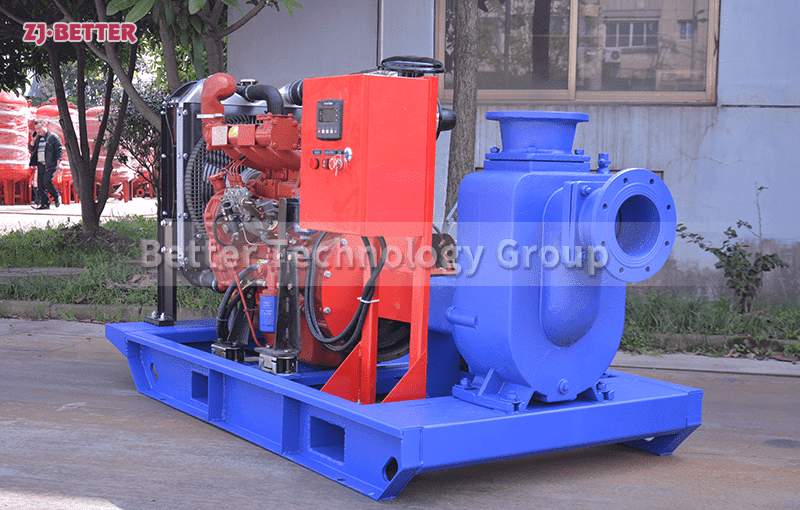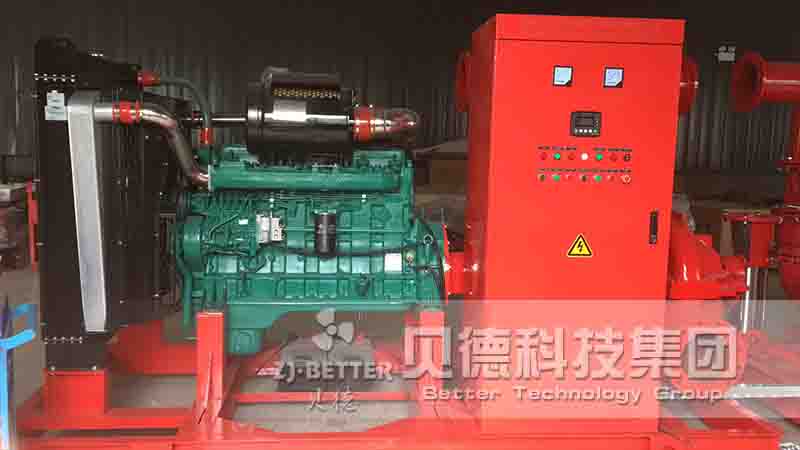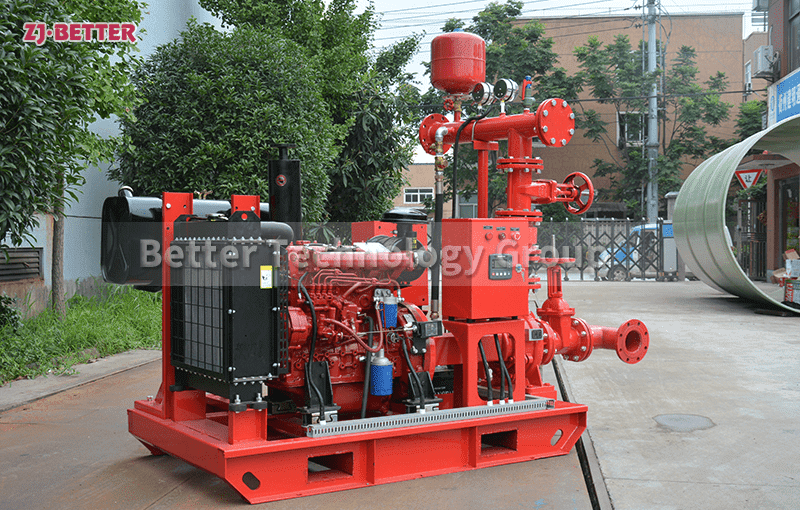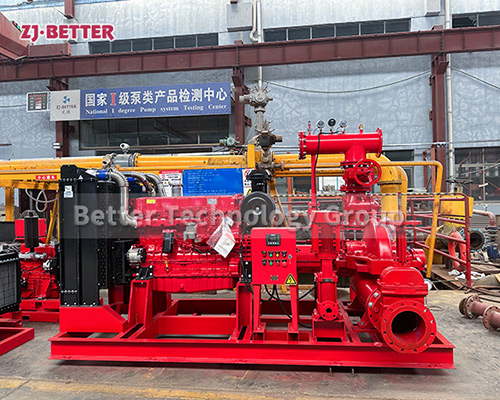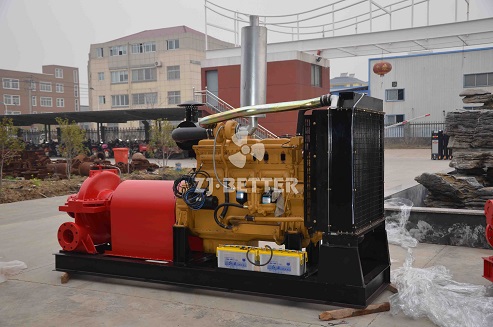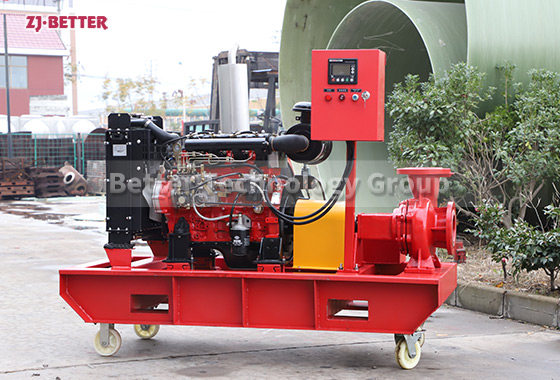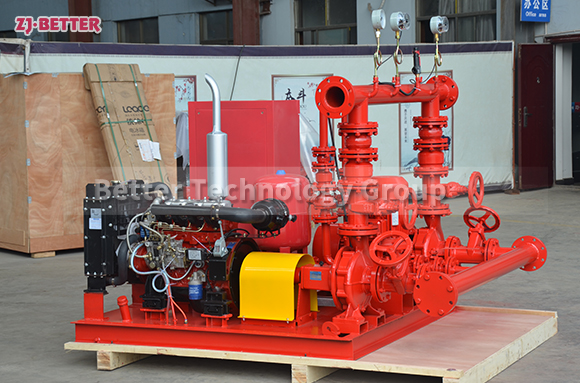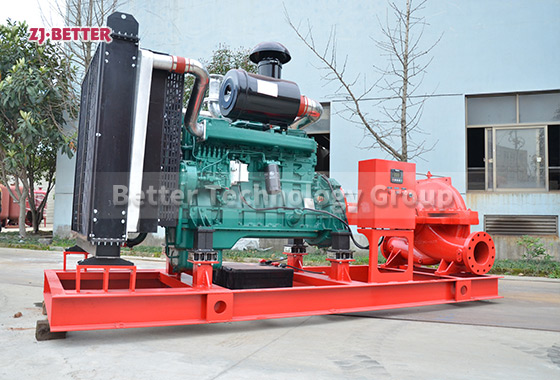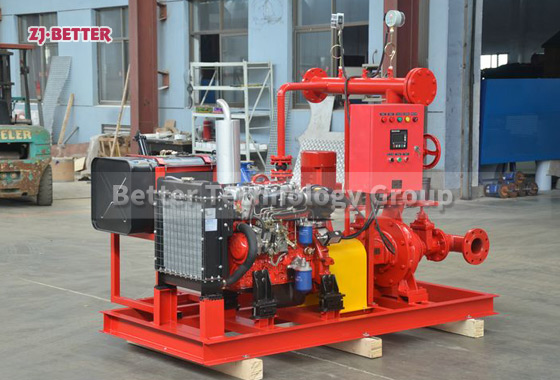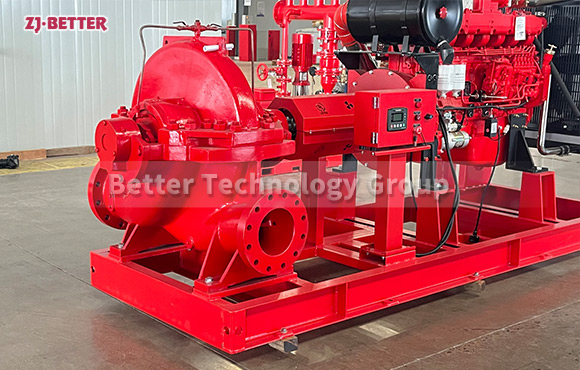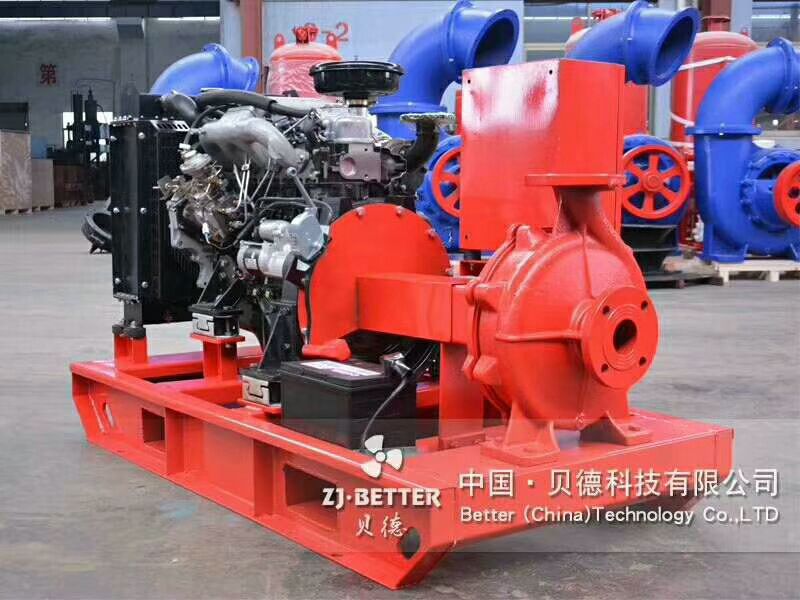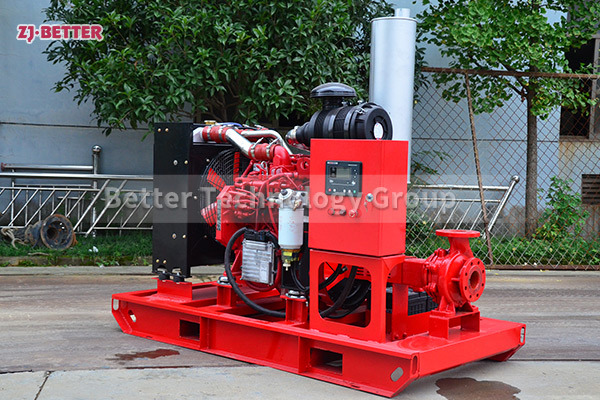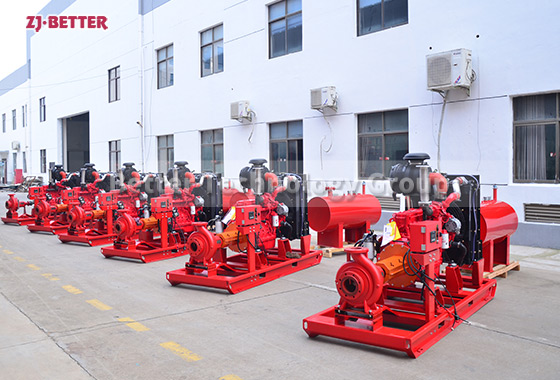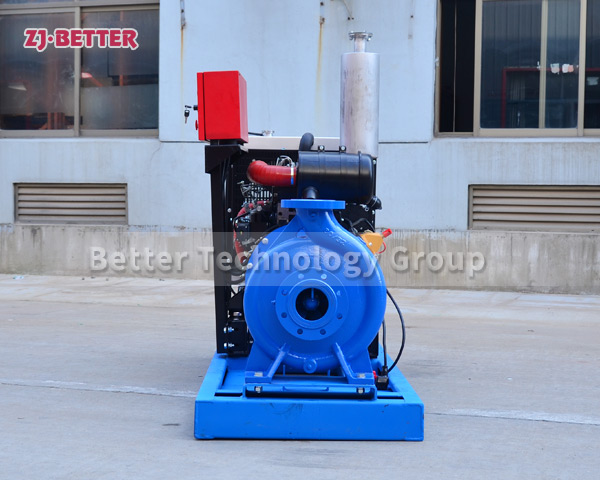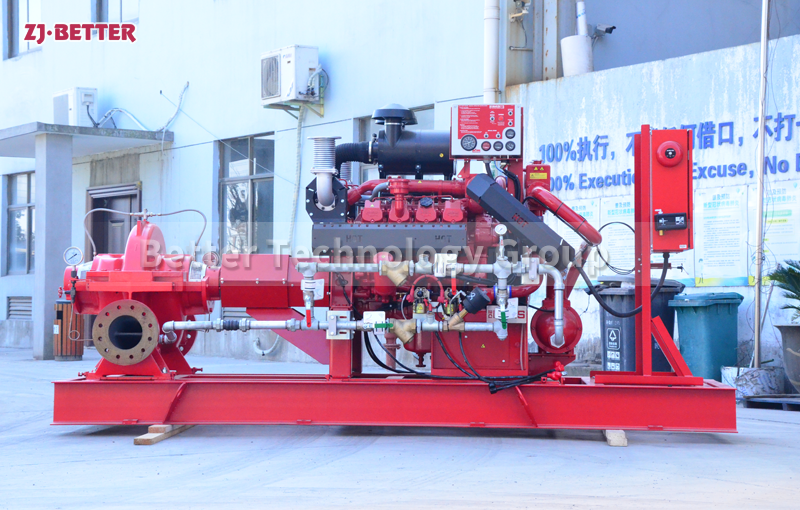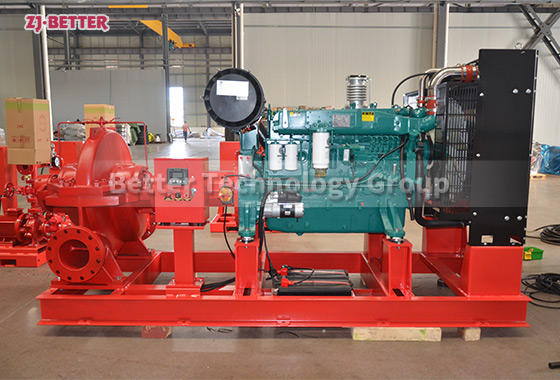Diesel engine fire pump is a kind of pump equipment that is widely used in fire protection
Diesel engine fire pump unit is a kind of pump equipment that is widely used in fire protection, and it is more suitable for mobile work in fire pumps. In fact, it is driven by a diesel engine connected to the pump head of the fire pump. Compared with motor drive, it can be used in the field, mines, and places lacking power supply. It is also called a diesel engine pump or a diesel engine fire pump unit.
The diesel engine fire pump is usually used as a backup facility, so it will only start automatically when the fire signal comes, and when the electric water pump fails or the power supply is cut off. When it has an ultra-low pressure start-up device, the matching electric water pump control cabinet should also have an ultra-low-pressure start-up device, and the lower limit of the two pumps should have a certain pressure difference. Of course, according to customer requirements, design a control system that is more suitable for customer needs.

